![]()
![]()
![]()
Use LEFT and RIGHT arrow keys to navigate between flashcards;
Use UP and DOWN arrow keys to flip the card;
H to show hint;
A reads text to speech;
39 Cards in this Set
- Front
- Back
|
Early Dynastic Period |
Dynasties 1 and 2 3100~2649 BCE |
|
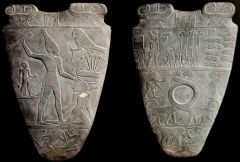
|
Palette of Narmer ~3100 BCE slate |
|
|
Old Kingdom |
Dynasties 3-6 2649~2150 BCE |
|
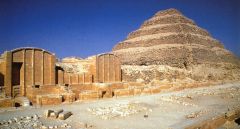
|
Funerary Complex of King Djoser including his Step Pyramid 2681~2662 BCE Limestone Saqqara |
|
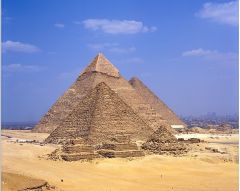
|
Pyramids at Giza: Khufu, Khafra, Menkaure ~2500 BCE Limestone Plan and various views |
|
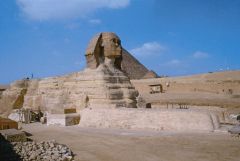
|
The Great Sphinx 2570~2444 BCE Sandstone Giza |
|
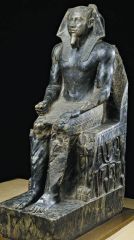
|
Seated Statue of Khafra ~2500 BCE Diorite Giza |
|
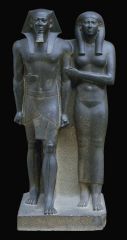
|
Menkaure and Queen Khamerernebty ~2515 BCE Slate Giza |
|

|
Sculpture of a Seated Scribe ~2400 BCE Limestone Saqqara |
|
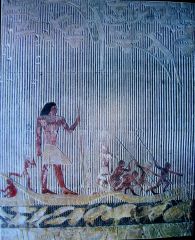
|
Ti Watching a Hippopotamus Hunt ~2510 BCE |
|
|
Middle Kingdom |
Dynasties 12-14 1991~1700 BCE |
|
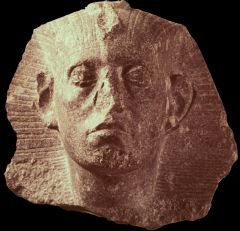
|
Sculpture of Senwosret III ~1850 BCE Quartzite |
|
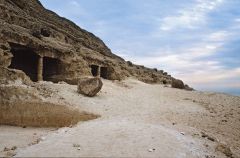
|
Rock-Cut Tombs at Beni Hasan 1950~1900 BCE |
|
|
New Kingdom |
Dynasties 18-20 1550~1070 BCE |
|
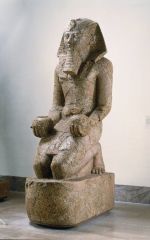
|
Kneeling Figure of Hatsepsut 1473~1458 BCE Granite Deir el-Bahri |
|
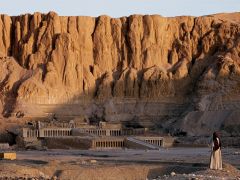
|
Funerary Temple of Queen Hatseput ~1478 BCE Sandstone and rock Deir el-Bahri |
|
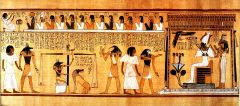
|
The Weighing of the Heart and Judgment by Osiris, from The Book of the Dead ~1285 BCE Painted papyrus |
|

|
Akhenaten 1353~1335 BCE Sandstone Karnak |
|
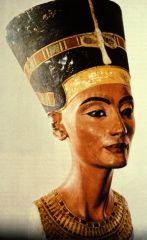
|
Bust of Queen Nefertiti 1348~1336 BCE Limestone |
|
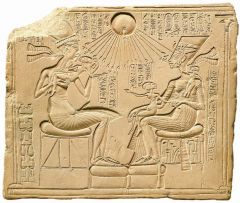
|
Akhenaten and His Family Armana period, ~1355 BCE Limestone relief |
|

|
Tutankhamon's coffin ~1327 BCE Gold inlaid with enamel and semi-precious stones |
|
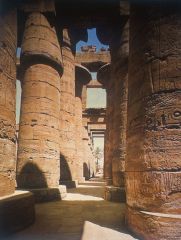
|
Hypostyle Hall, Temple of Amon-Ra 1290~1224 BCE Karnak, Thebes |
|
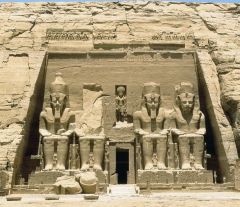
|
Temple of Ramses II 1279~1213 BCE Abu Simel |
|
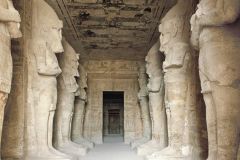
|
Interior of the Temple of Ramses II 1279~1213 BCE Abu Simel |
|
|
The Book of the Dead |
a collection of illustrated funerary texts with over 200 incantations or spells |
|
|
Ka |
the Egyptian concept of the spirit believed to be able to return to the body with sufficient funerary preparations |
|
|
Hieroglyphs |
ancient Egyptian writing system that consisted of a symbol that stood for a word, syllable, or sound |
|
|
Rosetta Stone |
a stone tablet that allowed researchers to decipher hieroglyphs |
|
|
Canopic jar |
jars that housed and protected the internal organs removed during the mummification process |
|
|
Mastaba |
an ancient Egyptian tomb, trapezoidal in shape, that covered a chapel for offerings and a shaft that led to a burial chamber |
|
|
Sphinx |
part of the pyramid complex of Khafre and considered to be a sun god |
|
|
Obelisk |
a tall, tapering, four-sided stone shaft with a pyramidal top |
|
|
Armana Period/Style |
a dramatic shift in Egyptian art marked by the reign of Akhenaten features include a marked pot belly, wide hips, narrow shoulders, and minimal musculature |
|
|
Hypostyle |
a hall whose roof is supported by columns |
|
|
Pylon |
the monumental gateway leading to an Egyptian temple usually has tall, sloped walls |
|
|
Faience |
a glass paste fired to a shiny opaque finish, used in Egypt and the Aegean |
|
|
Canon of Proportion |
a set of guidelines that determined the Egyptian standard for depicting humans in art |
|
|
Necropolis |
a burial ground e.g. Egypt's "Valley of the Kings" |
|
|
Ma'at |
the Egyptian moral code and concept of justice often depicted as a goddess wearing the feather of truth |

